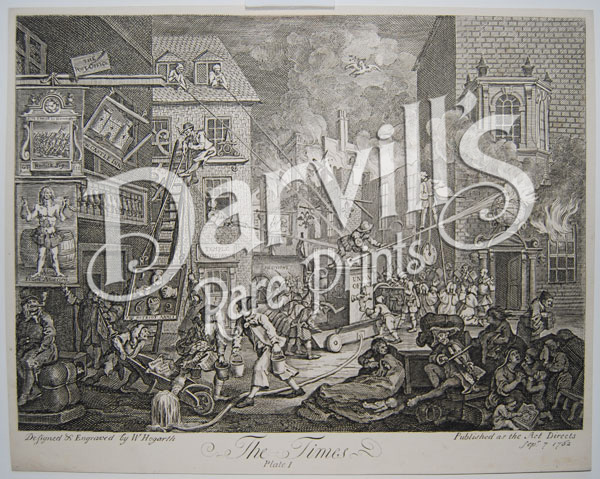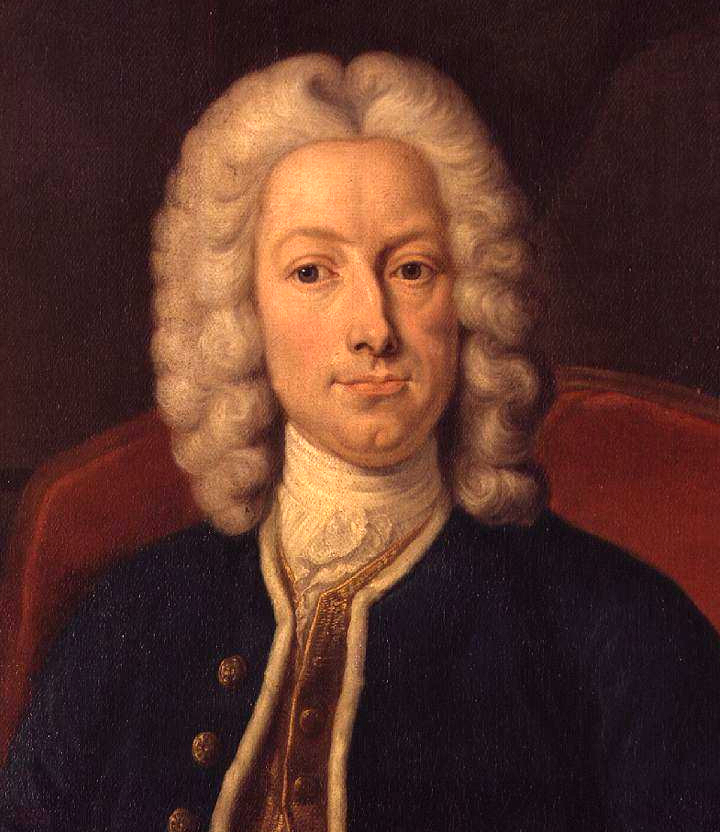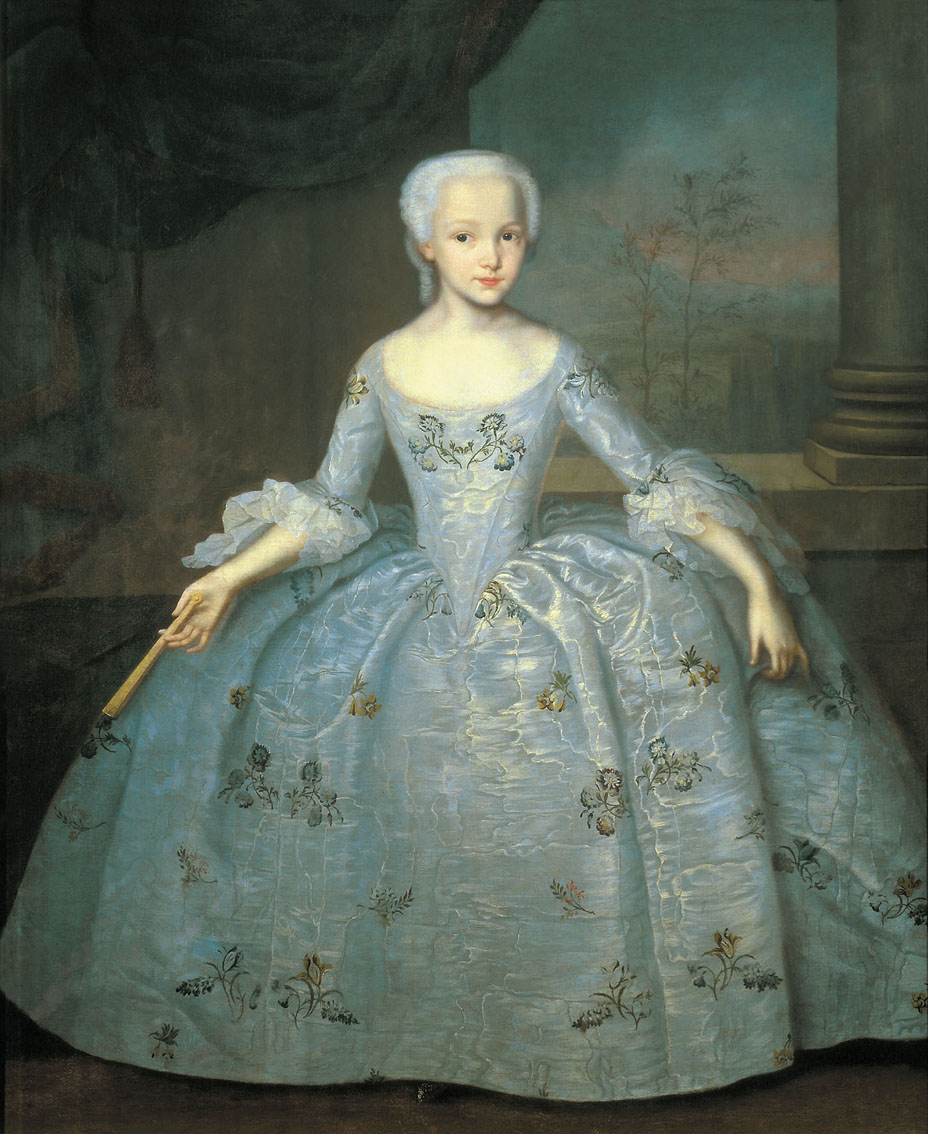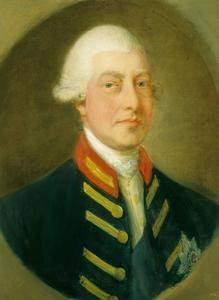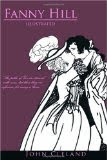As, perhaps, a tribute to England's respect toward their learned women, little-known artist Richard Samuel painted the now-famous,
Portraits in the Characters of the Muses in the Temple of Apollo, better known as
The Nine Living Muses of Great Britain. Keeping with the tradition of the group portraits of the Dutch golden age, Samuel painted his sitters naturally in their environment...well, naturally might not be the best word for it since I doubt there was a temple of Apollo for the girls to hop in and play dress up (how else are we supposed to get the illusion to the nine muses?). The ladies interact with each other while still serving the painting's chief goals: portray these notable women and do it in a means which tells the viewers that these women deserve your respect. Isn't the eighteenth century great?

When looking at this painting, I find not enough time is dedicated to pointing out the whose who. I almost want to brush my mouse arrow over it to see if the facebook tags will come up. Wouldn't that be nice? While I am not techie enough to put something like that on a blogger platform, I can still give you the whose who report.
 Elizabeth Carter
Elizabeth Carter is shown (far left in painting) in conversation with
Anna Laetitia Barbauld. Described as a "fine old slut" by Lord nappier, Carter was, of course, more than that. She was a bluestocking and linguist, who translated the works of Epictetus in English for the first time in history. Being a friend of Samuel Johnson, she would help him edit some of his works. Barbauld has a long resume of achievements which make her difficult to categorize; a poet, political commentator, teacher, and in her later life, a children's book author.
The woman at the easel is none other than one of the founders of the Royal Academy,
Angelica Kauffman.
Regaling everyone with a song on the lyre is the songbird,
Elizabeth Linley Sheridan.
Surrounded by ladies, and visibly entranced by the music is
Elizabeth Griffith. Griffith was born in theater royalty in Dublin and became and actress. Her husband wanted to take her as a mistress but she refused, resulting in the marriage. Not surprisingly, he had a roaming eye, and when he wouldn't return to home for extended periods it was Griffith who supported the family with her writing.

To Elizabeth's right is
Catherine Macauly, whom I will be so cruel as to say Samuel was quite generous in her portrayal; it looks nothing like her!
Staring to the heavens is the queen of the bluestockings herself,
Elizabeth Montagu. Once again, I have to wonder if Samuel had even laid eyes on her, Montagu being 59 when this portrait was painted. She was one of the wealthiest women of England and she used her wealth to foster British and Scottish literature.

The other lady musician, is
Charlotte Lennox, taking up the cithara. This prop is misleading for Charlotte was not known for any musical skills but was a celebrated author, playwright, and poet as well as failed actress. Among her circle were Joshua Reynolds, Samuel Johnson, ans Samuel Richardson.

The figure who can't be bothered to look up from her reading to enjoy the music is
Hannah Moore who was a playwright, religious writer, social reformer and philanthropist. Moore lived a long, fulfilling life, dying at age 88.
There are a few faults with the painting. The first being, the sitters are not accurately rendered. Perhaps in the quest to becoming an allegorical figure, your very image itself becomes, well, allegorical. Or, as I am inclined to believe: the painter just wanted pretty ladies. Samuel did not paint from live models. The other fault is that each of the ladies is supposedly representing one of the muses, however many have pointed out, it can't be determined which muses they are representing. Who is supposed to be Melpomene? Urania?
One side of me thinks this is a desperate attempt of an artist to feed into the celebrity craze of 18th century England. Making a tributary painting of famous women is bound to make a guinea or two, right? If that is the case the plan worked, for the painting made it into the Royal Academy exhibition of 1779. But the other side of me knows that I could be looking at the painting the wrong way. I should see these women as they are presented: as muses, inspirations. And that is, without a doubt what these women are, people to be inspired by and to look up to in one's own personal goals. For that, they were most deserved of being named the nine living muses.
 I know the chances of many of the readers who grace this blog being gamers are pretty low. However I am clever enough to know you are out there. Lauren and I, ourselves are closet gamers when we're not sipping our champagne, gossiping, or the billion other things we have on our to-do lists. I've often been thinking, why aren't there enough games set in the 18th century? And before any laughing snarls come out of the true gamers who have stumbled upon this post I would like to direct you to other video-game junkies who are asking the same question.
I know the chances of many of the readers who grace this blog being gamers are pretty low. However I am clever enough to know you are out there. Lauren and I, ourselves are closet gamers when we're not sipping our champagne, gossiping, or the billion other things we have on our to-do lists. I've often been thinking, why aren't there enough games set in the 18th century? And before any laughing snarls come out of the true gamers who have stumbled upon this post I would like to direct you to other video-game junkies who are asking the same question.






